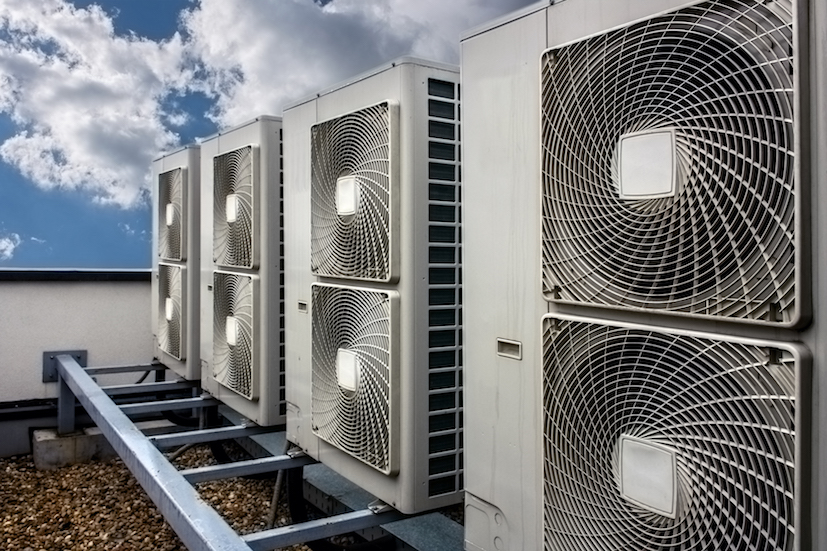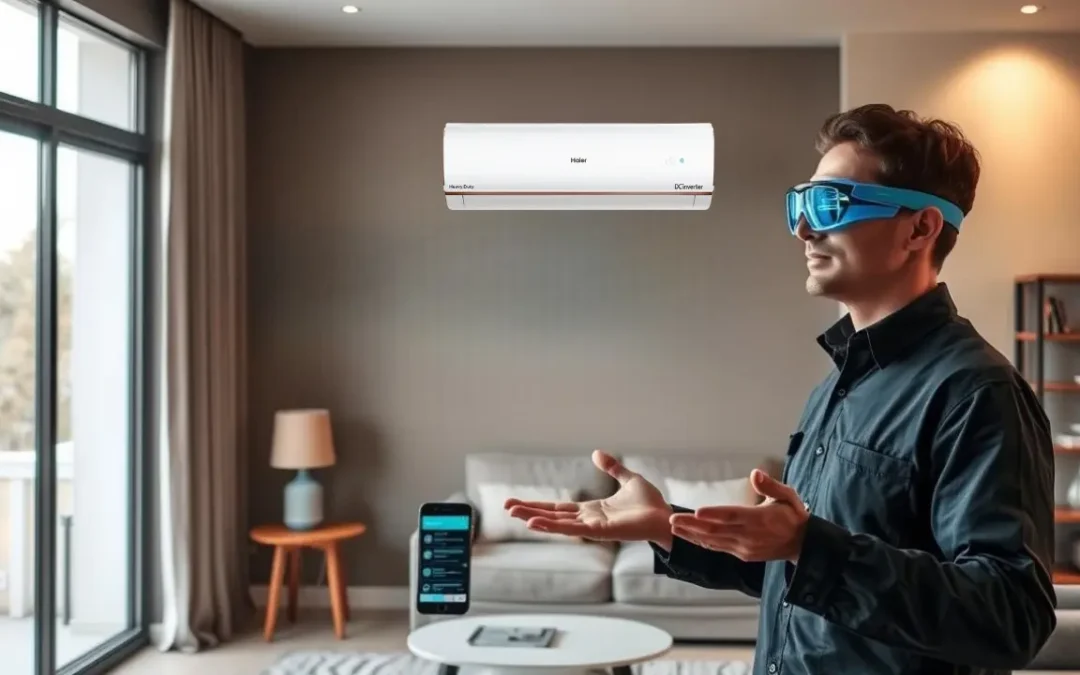In today’s rapidly evolving technological landscape, the integration of data analytics into various industries has become paramount. One such industry experiencing a significant transformation is HVAC (Heating, Ventilation, and Air Conditioning). Data-driven HVAC performance tuning is revolutionizing how we optimize HVAC systems for efficiency and effectiveness. This article delves into the intricacies of this process, exploring its benefits, methodologies, and future prospects.

The Importance of HVAC Systems
HVAC systems play a crucial role in maintaining indoor air quality and ensuring comfort in residential, commercial, and industrial settings. These systems regulate temperature, humidity, and air circulation, making them indispensable for creating conducive environments. However, traditional HVAC systems often operate inefficiently, leading to increased energy consumption and higher operational costs.
Challenges with Traditional HVAC Systems
Traditional HVAC systems often rely on fixed schedules and manual adjustments, which can result in inefficiencies. Without real-time data, these systems may fail to adapt to changing environmental conditions, leading to energy wastage and inconsistent performance.
What is Data-Driven HVAC Performance Tuning?
Data-driven HVAC performance tuning leverages advanced analytics and machine learning algorithms to optimize the performance of HVAC systems. By collecting and analyzing data from various sensors and sources, these systems can make informed decisions to enhance efficiency and reduce energy consumption.
Key Components of Data-Driven Tuning
1. Data Collection: Sensors embedded within HVAC systems gather real-time data on temperature, humidity, airflow, and energy consumption. This data forms the foundation for analysis and optimization.
2. Data Analysis: Advanced algorithms process the collected data to identify patterns and anomalies. Machine learning models are used to predict system behavior and optimize performance.
3. Automated Adjustments: Based on the analysis, the system can make automated adjustments to temperature settings, fan speeds, and other parameters, ensuring optimal performance.
Benefits of Data-Driven HVAC Performance Tuning
The adoption of data-driven HVAC performance tuning offers numerous benefits:
1. Enhanced Energy Efficiency
By continuously monitoring and optimizing system parameters, data-driven tuning significantly reduces energy consumption, leading to cost savings and a smaller carbon footprint.
2. Improved System Reliability
Data-driven tuning helps identify potential issues before they escalate into major problems, reducing downtime and extending the lifespan of HVAC systems.
3. Consistent Indoor Comfort
With real-time adjustments based on environmental conditions, occupants experience consistent indoor comfort, enhancing productivity and well-being.
Implementation of Data-Driven HVAC Performance Tuning
Implementing data-driven HVAC performance tuning involves several steps, starting with the integration of sensors and data collection systems. Once data is gathered, it is analyzed using machine learning models to identify optimization opportunities.
Case Studies of Successful Implementations
Several organizations have successfully implemented data-driven HVAC performance tuning, achieving substantial energy savings and improved system reliability. For instance, a large commercial building reduced its energy consumption by 30% within the first year of implementation.
The Future of Data-Driven HVAC
The future of data-driven HVAC performance tuning looks promising, with advancements in technology and increased adoption across industries. As more data becomes available, machine learning models will become even more accurate, leading to further efficiency gains.
Moreover, the integration of artificial intelligence and the Internet of Things (IoT) will enhance the capabilities of data-driven tuning, allowing for more sophisticated and autonomous HVAC systems.
Challenges and Considerations
Despite its benefits, implementing data-driven HVAC performance tuning comes with challenges, including data privacy concerns, the need for skilled personnel, and the initial cost of implementation. However, the long-term benefits far outweigh these challenges.
Conclusion
In conclusion, data-driven HVAC performance tuning represents a significant leap forward in optimizing HVAC systems for efficiency and effectiveness. By harnessing the power of data analytics and machine learning, organizations can achieve substantial energy savings, improved system reliability, and enhanced indoor comfort.
As technology continues to advance, the adoption of data-driven tuning will become increasingly prevalent, transforming the HVAC industry and contributing to a more sustainable future.

FAQs
What is data-driven HVAC performance tuning?
Data-driven HVAC performance tuning is the process of using data analytics and machine learning to optimize the performance of HVAC systems, enhancing efficiency and reducing energy consumption.
How does data-driven tuning improve energy efficiency?
By continuously monitoring and optimizing system parameters, data-driven tuning reduces energy waste, leading to lower energy consumption and cost savings.
What are the challenges of implementing data-driven HVAC tuning?
Challenges include data privacy concerns, the need for skilled personnel, and the initial cost of implementation. However, the long-term benefits outweigh these challenges.
For more insights on how AI is revolutionizing HVAC systems, visit AI in HVAC Maintenance and ScienceDirect.
This article contains affiliate links. We may earn a commission at no extra cost to you.
